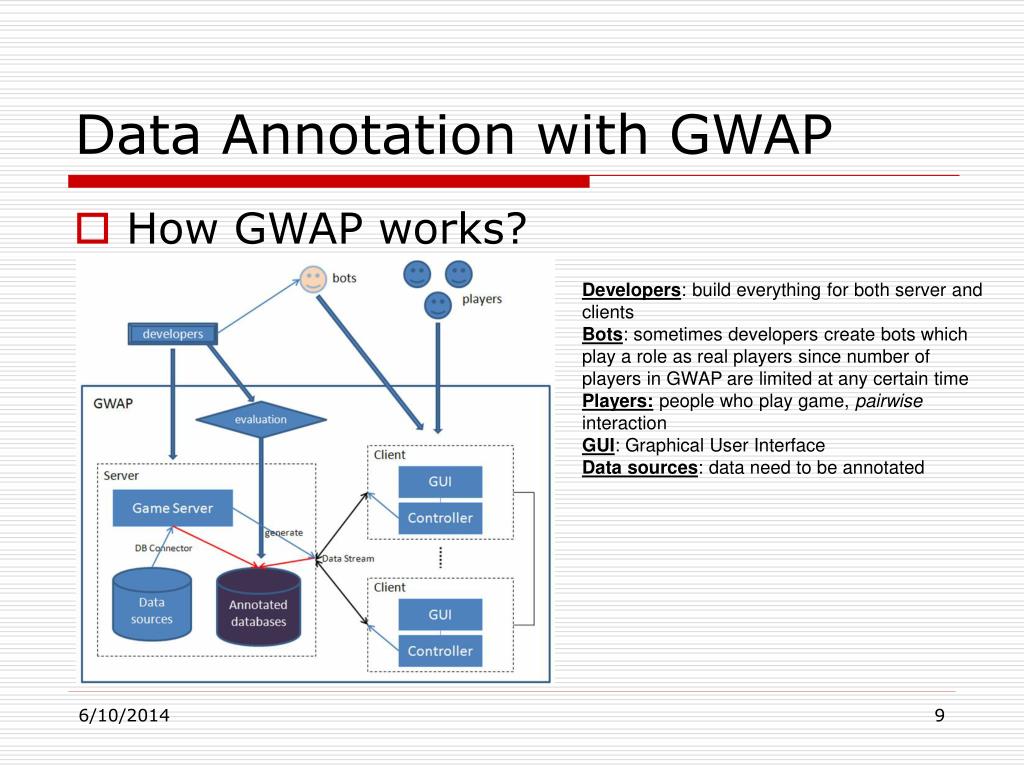Understanding Data Annotation
Data annotation is the process of labeling data to make it usable for machine learning and artificial intelligence (AI) models. It involves adding metadata to raw data, such as text, images, videos, or audio files, to help AI systems recognize patterns and make informed decisions. This crucial step enables AI to learn from human input and improve its accuracy in tasks like speech recognition, autonomous driving, and medical diagnostics. Without precise data annotation, AI models would struggle to interpret information effectively.
Types of Data Annotation
There are several types of data annotation, each catering to different AI applications. Text annotation involves tagging parts of a text with labels such as names, sentiments, or intents. Image annotation includes labeling objects in images to help AI recognize them in real-world scenarios. Video annotation extends this to moving visuals, identifying actions or tracking objects over time. Additionally, audio annotation is used for speech recognition systems, marking sounds, words, and speaker identities. Each type of annotation plays a vital role in training AI for specific tasks.
Importance of High-Quality Data Annotation
High-quality data annotation is essential for developing reliable AI models. Poorly labeled data can lead to incorrect predictions and inefficiencies in AI systems. Ensuring accuracy in annotation enhances the performance of applications like chatbots, self-driving cars, and medical imaging. Properly annotated data reduces bias in AI models, leading to fairer and more ethical outcomes. Companies investing in precise data annotation gain a competitive advantage by improving the accuracy and efficiency of their AI-driven solutions.
Challenges in Data Annotation
Despite its significance, data annotation comes with several challenges. One of the main difficulties is the time-consuming and labor-intensive nature of the task. Large datasets require extensive manual labeling, which can be costly and prone to human error. Another challenge is maintaining consistency, as different annotators may interpret data differently. Additionally, ensuring data privacy and security is crucial, especially when dealing with sensitive information. Overcoming these challenges requires advanced annotation tools, rigorous quality checks, and well-trained annotators.
Future Trends in Data Annotation
The future of data annotation is evolving with advancements in AI and automation. Semi-automated and AI-assisted annotation tools are emerging to speed up the process and enhance accuracy. Crowdsourcing platforms are also becoming popular, allowing multiple annotators to contribute to large-scale projects. Moreover, as AI models become more sophisticated, the demand for specialized annotation in areas like natural language processing and computer vision will continue to rise. These trends will shape the future of AI by making data annotation more efficient and accessible.




